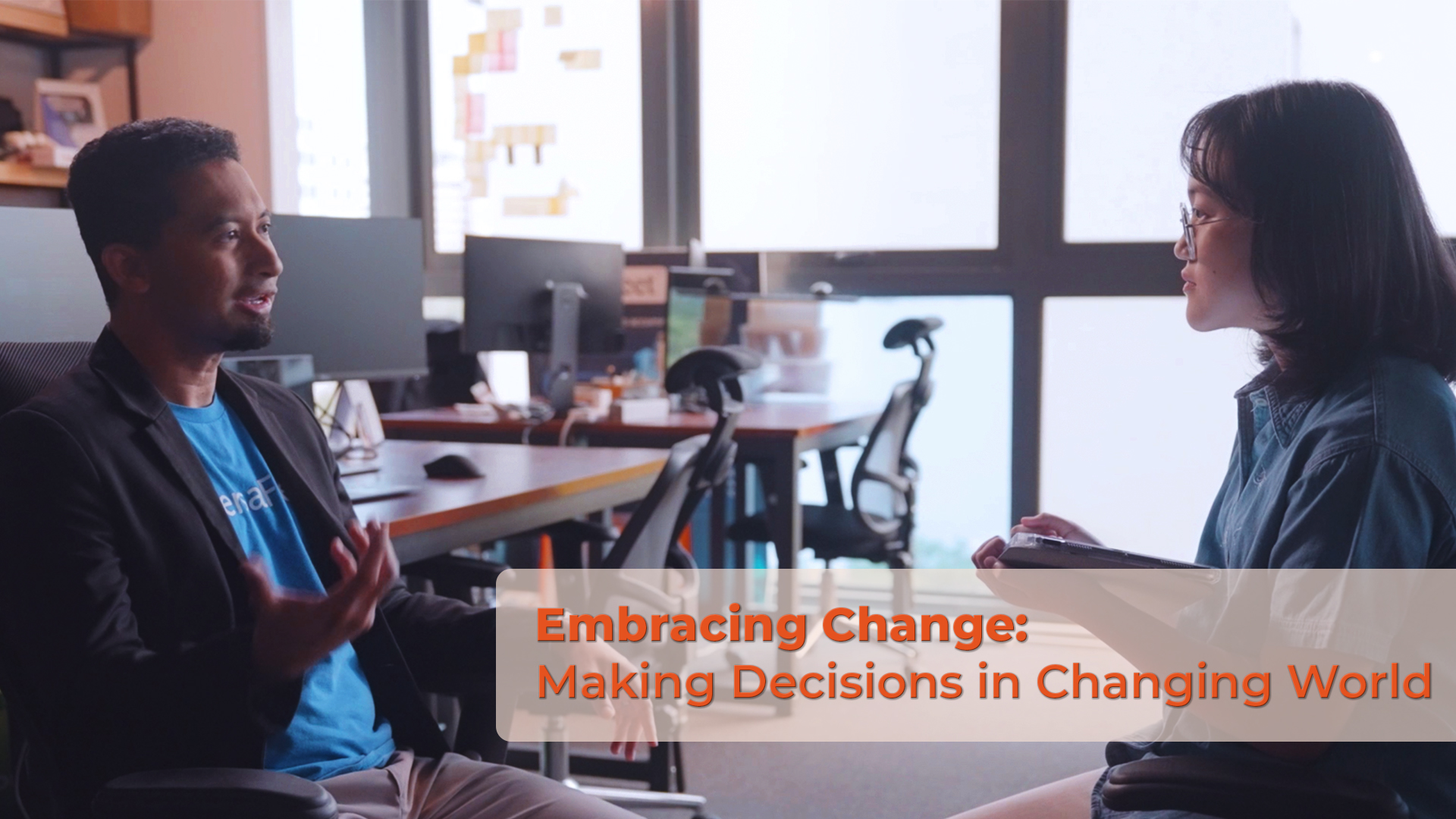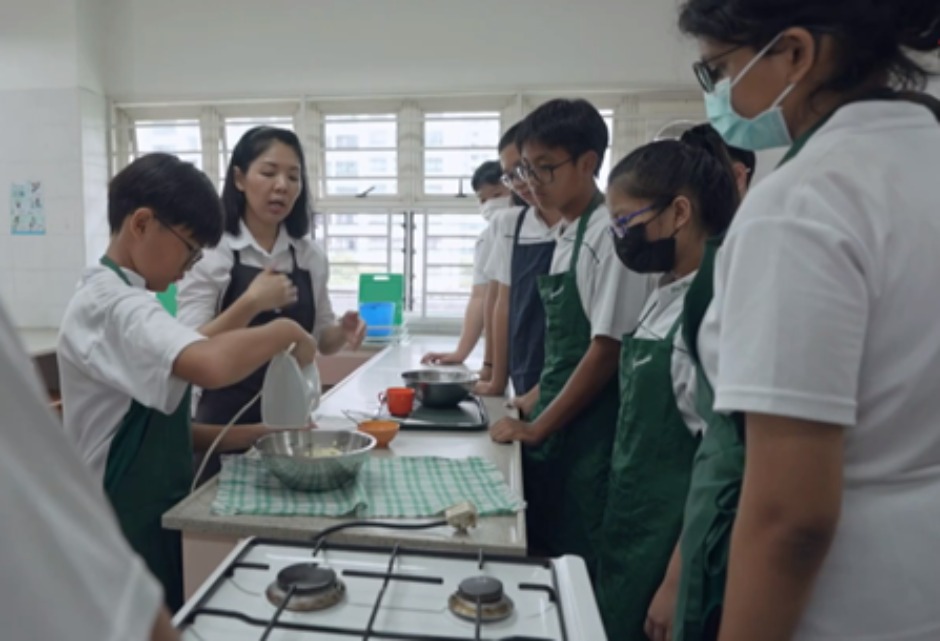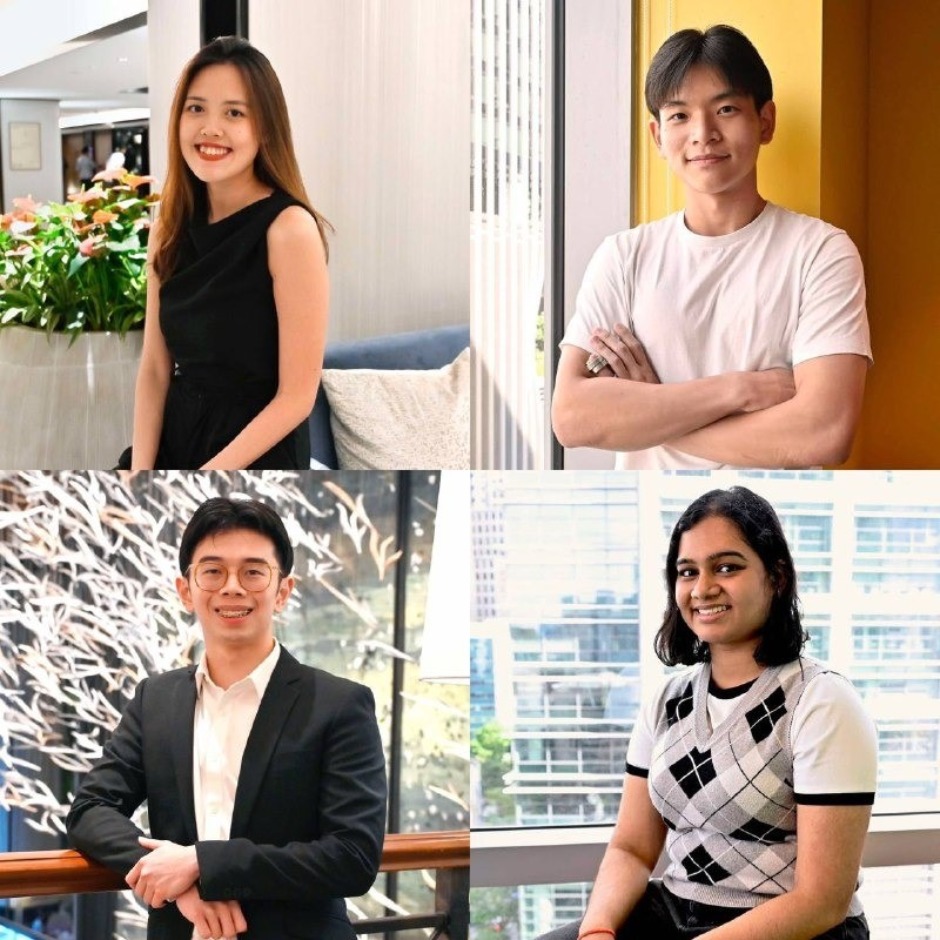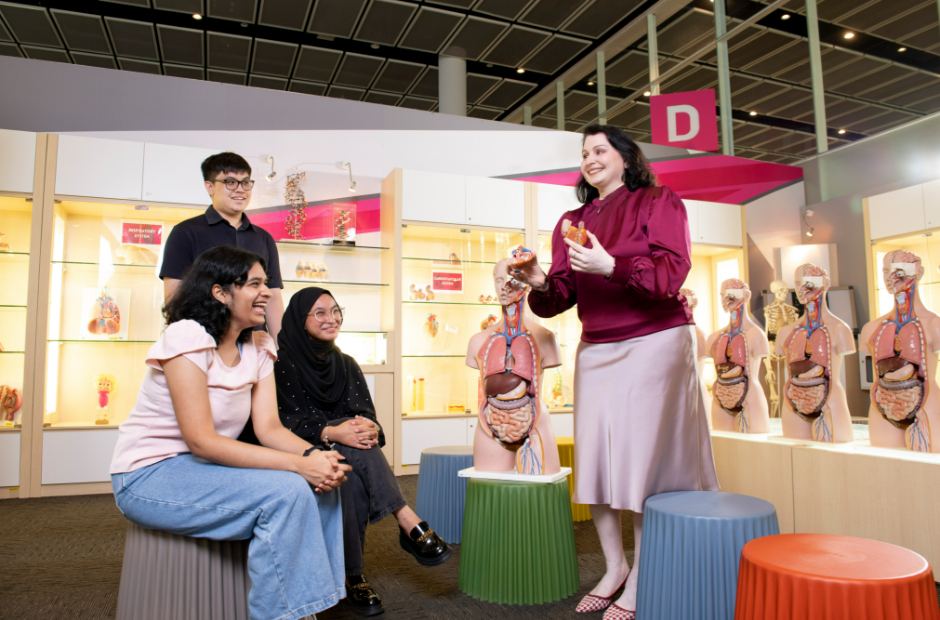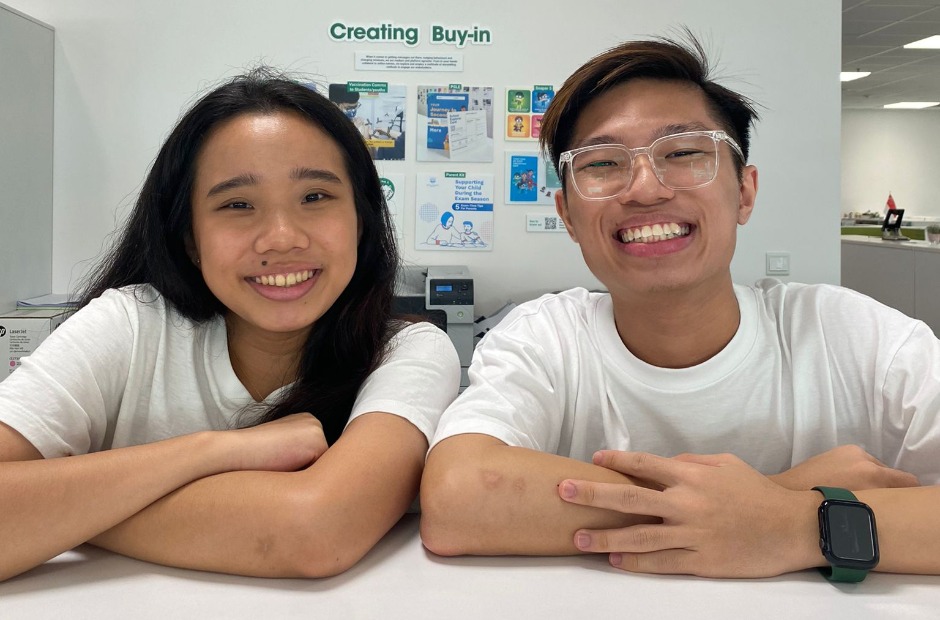At home with STEM: Thrills, spills, and skills
19 Apr 2022
1b767ba7a8a66eb2afccc900c73e6f2e.jpg)
For Samuel Eio, DIY science kits not only taught his daughter scientific concepts, but also video-making, communication, confidence, and the glittering virtue of patience. In this article, the Science Centre educator dives into his recent father-daughter crystal-growing adventure.
By Samuel Eio
Living with an 8-year-old can be challenging, especially during weekends. It is the constant wishing for something fun to do that seems to be daunting.
Some parents may work around this “challenge” by scheduling a rigorous weekend programme that includes enrichment and recreation. But for parents, like myself, who prefer to leave things unscheduled and more ad hoc, fret not, there are plenty of do-it-yourself learning kits and informal education programmes in the fields of Science, Technology, Engineering and Mathematics (STEM) to keep your young learner engaged and wanting more.
Despite being a STEM ‘professional’ and having the opportunity to check out many interesting STEM educational products, I am basically like any parent who wishes to engage his child meaningfully and keep them away from excessive screen time.
Daddy, can you please get me that…?
After a visit to a local museum, we saw a crystal-growing set at the gift shop. I fumbled for some excuse and managed to avoid the impulse buy. But somehow, the idea of forming those glittering gem-like structures at home seemed too hard to shake off.
One morning (some six months later) on the way to school, my child asked, “Daddy, if I do well for my next test, can you please buy me that crystal growing set we saw at the gift shop?”
A quick search for the product on my usual online shopping platform, and it was in my shopping cart. I patted myself on the back for getting it during the “sale” period.
It seemed like a motivational prize for my child’s learning with just one problem: a parent’s supervision is needed for the crystal-growing experiment! Images of chemical solutions stirred endlessly over gas burners came to mind. I felt quite stressed thinking about it.
So, you want to be a young chemist?
My child came back from school one day with exciting news. Some classmates had subscribed to a magazine for science. We decided instead to sign up for the ‘Young Chemist’ self-directed learning scheme – also known as the Young Scientist Badge Programme. An “impulse buy” (of five dollars) perhaps? At that time, she had not even started science lessons in school!
“I decided I would get my child to ‘host’ her own video channel on crystal-growing with me as videographer and assistant. That way, I hoped she would take greater ‘ownership’ of the project.”
My next question: So, what do we do now?
I pored over the list of tasks on her ‘Young Chemist’ card, ticking off boxes inside my head. I was trying to figure out what were the items that would yield 15 stars with minimal effort while creating the least mess around the house.
On the final task, there was the “open” project, worth three stars. This would be it, I thought, the place for the crystal-growing experiment. I decided I would get my child to ‘host’ her own video channel on crystal-growing with me as videographer and assistant. That way, I hoped she would take greater ‘ownership’ of the project.
During my “briefing”, I stressed the importance of safety in conducting the experiment and following the procedural steps. So, apart from reading each step aloud (before and during the experiment), it also tested for comprehension in both Science and English. Knowing she was being filmed gave my child a greater sense of purpose to accomplish each task, and to observe all safety precautions. And, of course, the opportunity to present and talk about her feelings in front of the camera.
.jpg)
There was quite a lot of material in the kit regarding safety and even a note for parents in case of accidental spills, splashes, or scalds. The crystal-growing set provided a seed crystal, chemical compound, and wooden stirrer. All that was additionally required was some very hot water, and a clean wide-mouthed jar. My child did the stirring for the prescribed time to ensure all the solute was dissolved. As a precaution, I insisted she don an apron and a pair of safety goggles.
Did we do this right?
In science education, there is much discussion about habits of mind. One deep-seated value when learning STEM is to believe in delayed rewards. For the classic crystal-growing, the takeaway is that no “new” crystals are initially seen at all, despite following all the steps exactly.
After an hour, two hours, three hours… still nothing much. Only a thick, dark-coloured solution.
It takes patience and belief in one’s science. The crystals are colourless and formed atop the seed crystal. Using a strong flashlight, we begin seeing pointy, geometric-looking crystals forming in the dark-coloured solution. It is all a slow but extremely beautiful process.
.jpg)
It took a whole fortnight to properly observe the growth of crystals. After harvesting the main crystal (attached to the seed crystal), we let the jar of remaining solution sit by the windowsill until all the liquid finally evaporated, and then we were left with a pinkish-red crystal garden of sorts – nearly three weeks later!
.jpg)
Just as it takes a slow process to form crystals, so too, the gems of STEM learning take patient effort. The fun, if any, is short-lived, transient; we can only hope these precious lessons from STEM crystallise and remain in each child’s mind for a long time to come.
What values can students pick up through the learning of Science? Ms Yang Wenqing of Juying Secondary has insights about curiosity, motivation and using Science to reach every student.
Parents can discover scientific concepts in everyday life together with their children. Even toddlers can pick up science concepts, says Er Ya Qin from Science Centre Singapore.

